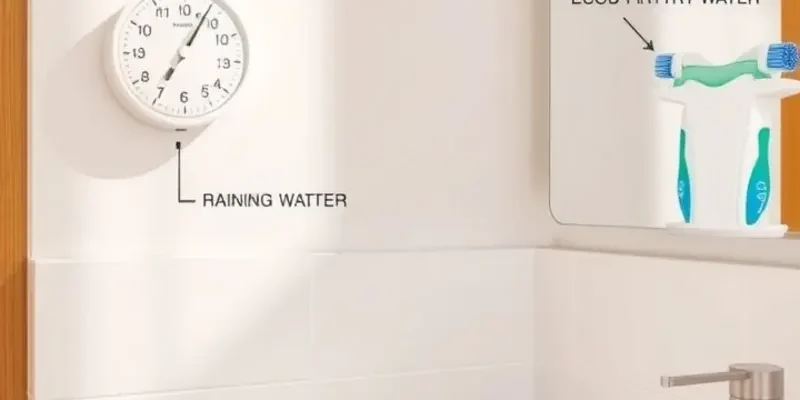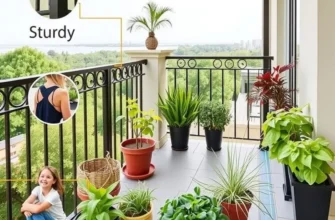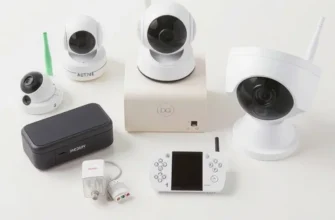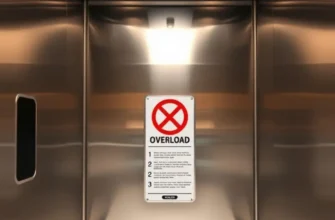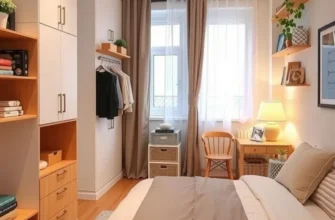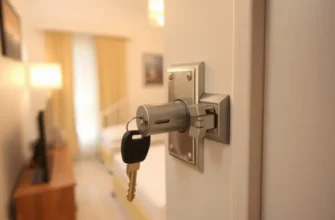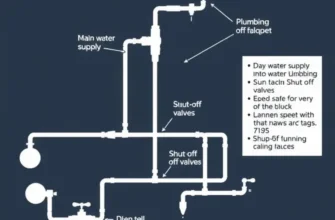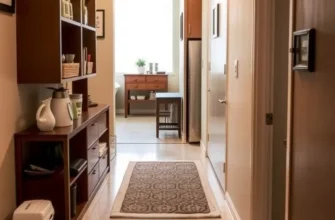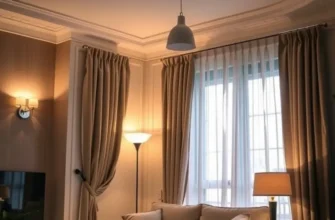Water conservation in apartments is essential, especially for renters who prioritize safety, security, and maintenance ease. While individual effort is important for the environment, it can also lead to notable savings on utility bills. Many renters worry about potential plumbing issues or excessive water usage affecting their deposits and living conditions. Thankfully, implementing water-saving strategies doesn’t have to be complicated or risky. This guide offers a selection of practical tips tailored specifically for apartment renters, ensuring that maintaining your home remains straightforward and stress-free. From adjusting daily habits to utilizing simple tools, these strategies make it easy to promote sustainability while enjoying your rental experience. Let’s explore how you can save water while enhancing your apartment living.
Smart Habits for Daily Water Use
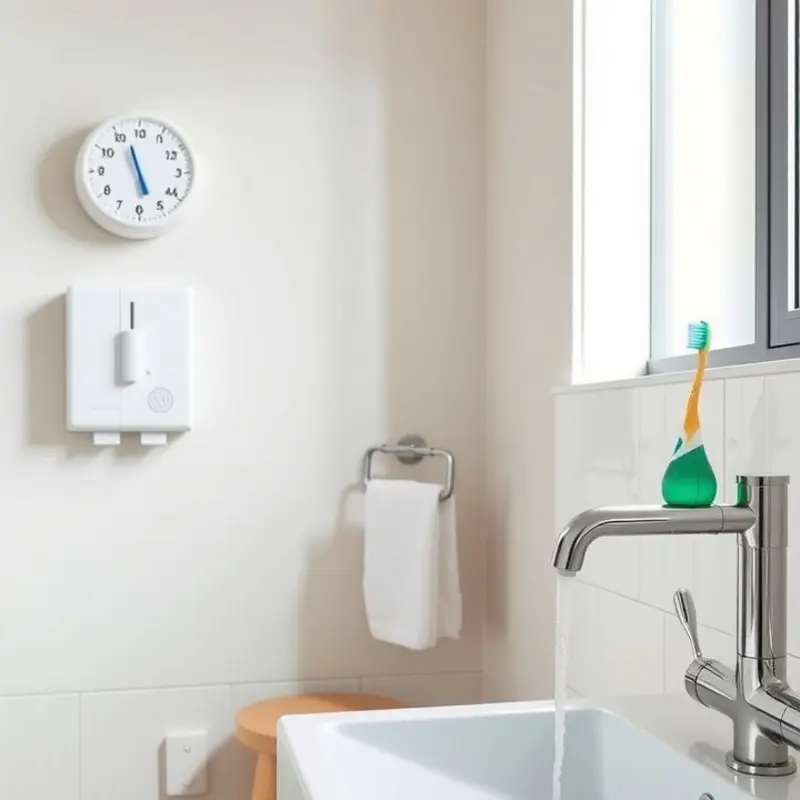
Mindful water usage can significantly reduce waste in apartment living, fostering both environmental sustainability and cost savings. Adopting smart habits in daily routines turns water conservation into a seamless part of life.
An effective starting point is managing your shower time. Reducing shower duration by even a few minutes can save gallons of water weekly. To make this change painless, try setting a timer or playlist with a defined length. Visual cues like these help track the time without disrupting your routine.
Brushing your teeth is another opportunity for conserving water. Rather than leaving the tap running, simply wet your brush, turn off the faucet until it’s time to rinse. This simple adjustment can save up to four gallons each session. Such small actions, repeated daily, accumulate substantial savings.
Dishwashing also offers a chance to cut back on water use. Rather than letting the water flow continuously, fill one side of the sink with soapy water for washing and the other with clean water for rinsing. If using a dishwasher, only run full loads, ensuring each cycle maximizes efficiency.
Routine checks for leaks are crucial. Leaky faucets and toilets are stealthy drains on both water and finances. Test for toilet leaks by placing a few drops of food coloring in the tank—if color appears in the bowl without flushing, it indicates a leak. Addressing these issues may require a quick fix, such as tightening connections or replacing washers, and can usually be accomplished with minimal tools and skills.
Simple lifestyle adjustments extend beyond the bathroom and kitchen. Collecting runoff water for plants or opting for native plants that require less watering can maintain green spaces with minimal water usage.
For a broader perspective on maintaining a sustainable home environment, consider exploring DIY cleaning products. This not only reduces reliance on synthetic chemicals but also aligns with eco-friendly practices, conserving both water and the planet’s resources.
Implementing these smart habits transforms everyday living into a conscious practice of water conservation. They require little effort and adjustment but deliver significant benefits, keeping utility bills down while contributing positively to broader environmental efforts.
Low-Cost Water-Saving Tools and Upgrades
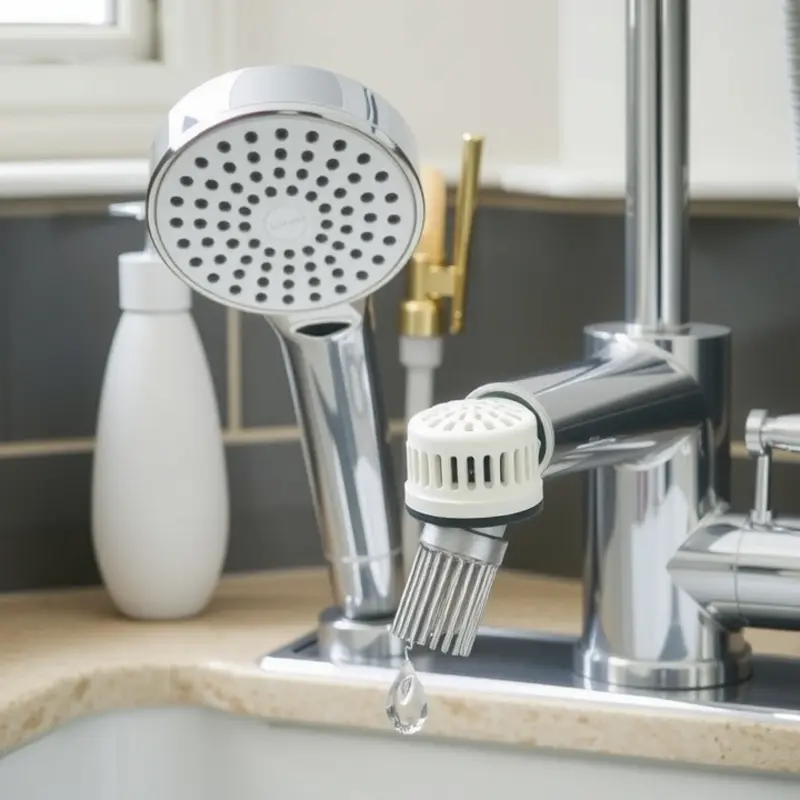
As an apartment renter, investing in low-cost water-saving tools can not only reduce your utility bills but also make your home more eco-friendly. Simple devices like low-flow showerheads, faucet aerators, and dual-flush toilet converters can significantly cut water usage without the need for large investments or complex installations. However, it’s important to remember that many leases require landlord approval for any alterations, even minor ones. By obtaining written consent, you ensure that your improvements are inline with lease agreements and local building regulations.
Low-Flow Showerheads are an excellent starting point. These devices mix air with water, maintaining pressure while reducing total water volume. Installation is typically straightforward, requiring only a quick swap of the old showerhead. On average, they can save up to 2,700 gallons of water per year.
Next, consider faucet aerators. These small attachments can be screwed onto the end of your faucets to decrease the flow rate but not the pressure, similar to low-flow showerheads. They are especially effective in kitchens and bathrooms where water usage is high. This simple upgrade can reduce water consumption by 30%, translating to both environmental benefits and reduced water bills.
For toilets, dual-flush converters are available that can be installed without specialized tools. These converters modify your existing toilet to provide two flushing options: a low-water flush for liquid waste and a higher-volume flush for solid waste. This adjustment alone can save thousands of gallons annually, as toilets are one of the highest water users in any home.
Before making these upgrades, consult with your landlord to ensure alignment with apartment guidelines. Some property managers might even cover the costs if the modifications align with their sustainability goals. Maintaining a positive relationship with your landlord can lead to shared benefits in water conservation and property upkeep.
It’s not just about adding new devices; consider also the importance of maintenance. Simple tasks like fixing leaks promptly can have a profound impact. Even a small drip can waste hundreds of gallons over time. Landlords are typically responsible for plumbing repairs, so report any leaks as soon as they are detected.
For more ideas on making simple, sustainable changes in your living space, our apartment-friendly DIY cleaning products guide offers additional tips that might be of interest.
By adopting these low-cost upgrades, renters can balance both financial savings and environmental responsibility. Each effort builds towards a greener living space and helps in achieving long-term sustainability goals. With a cooperative approach and the right tools, significant water savings are within reach, ensuring a continued commitment to conservation without compromising comfort or convenience.
Final words
Water conservation is a vital practice for apartment renters, protecting both the environment and your pocketbook. By adjusting daily habits and exploring affordable tools, you can make a significant impact on your water usage. Embracing these strategies not only fosters a sustainable living experience but also helps maintain the quality of your rental home while ensuring your safety and security. Remember, every small effort contributes to a larger goal of responsible living, making each drop count. Take these steps today for a better tomorrow.

